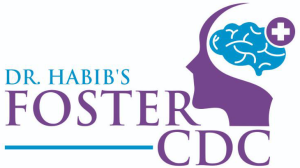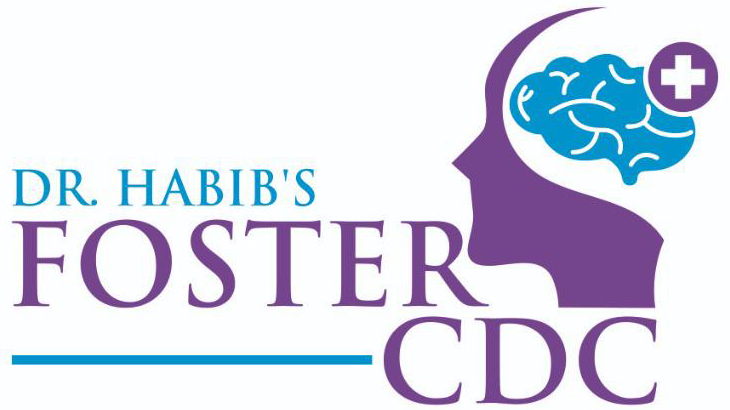Around 1% of children aged around 0 to 17 years can have active epilepsy – which means among 1000 children, 10 children could have epilepsy. In other words, for a better understanding, let us consider a school with 1000 students – among which 10 students could have epilepsy. However, in high-income countries, the estimated percentage would be less.
Most Common Epilepsy in Childhood
Temporal lobe epilepsy (seizures) is the most common type of epilepsy in children as well as in adults. The seizure intensity varies greatly. In some children, seizures are so mild that a child hardly notices them. For instance, a child may feel an odd sensation in the tummy or a funny smell. In some cases, the child can have deep feelings of anxiety and fear or loss of reality (a sense of déjà vu). Children with this type of epilepsy can perform repetitive movements such as rubbing hands together and lip-smacking.
Childhood Epilepsy Risk Factors
The risk factors of childhood epilepsy are many, but the most prominent among those include head injury, prenatal injuries, brain abnormalities, new-born distress, autism spectrum disorders, repeated seizures, long episodes of seizures, a family history of fever-related seizures, and brain infections – meningitis or encephalitis during childhood.
Childhood-onset epilepsy risk factors
Childhood risk for epilepsy: Infants with abnormal brain areas, prenatal injuries, Babies born with a brain abnormality, Cerebral palsy, and babies who are born small for their age.
Epilepsy in children (behavior problems)
The risk associated with epilepsy in children and the development of mental and behavioral problems is up to five times. Around 30% to 50% of children with childhood epilepsy will develop mental or behavioral problems such as aggression, anxiety, depression, hyperactivity, attention deficit hyperactivity disorder, low self-esteem, and autism spectrum disorders.
Can childhood seizures cause brain damage?
Epilepsy doesn’t cause brain damage or lasting problems unless a seizure lasts longer than 5 minutes. Most seizures last only for a few minutes. However, any disorder that causes seizures can lead to lasting problems. Whether any recurring seizure affects or interferes with brain development is debated. However, one type of seizure can cause brain damage and needs emergency treatment – that is, status epilepticus. This type of seizure is prolonged and severe, life-threatening.
Childhood Epilepsy Long-term Effects
In many countries of the world especially in low-income group countries, children living with epilepsy and their families suffer from social stigma and discrimination. Almost two-thirds of the children living in low-income countries do not get the treatment they need. The risk of long-term effects, complications, and premature death is also higher in such cases.
In many parts of the world, people with epilepsy and their families suffer from stigma and discrimination.
Bottom Line
Childhood epilepsy is defeatable (can be overcome) if it is profoundly diagnosed early and treated promptly. Experts opine that almost 70% of children living with epilepsy could live seizure-free if they are treated effectively with the appropriate use of antiseizure medicines.



